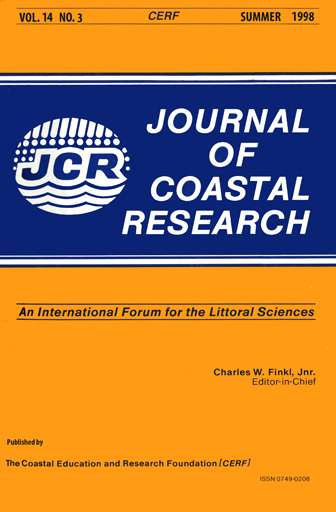Beach Renourishment and Loggerhead Turtle Reproduction: A Seven Year Study At Jupiter Island, Florida
Keywords:
Sea turtles, nesting, renourishment, beach erosion, reproductive successAbstract
The effects of beach renourishment on a major marine turtle nesting beach (Jupiter Island) in Florida were studied over seven years. This made possible a long-term comparison between reproductive activity on several beaches, renourished at different times, and a control beach composed of natural sand. Our goal was to determine if renourishment resulted in a nesting beach that, from the turtles' perspective was equivalent to a natural beach. Equivalence was based upon two criteria: the number of nests placed by females on an equal length of beach (nest "density"), and by the proportion of eggs that developed into hatchlings that left those nests.
Nests deposited on the renourished and natural beaches did not differ statistically in the proportion of eggs that developed into departing hatchlings. But females placed significantly fewer nests on the renourished beaches than on the control beach. There were several correlates. When renourished beaches were narrowed by erosion, fewer turtles nested there. After renourishment, more turtles tried to nest but a large proportion of them abandoned these attempts. Abandoned nesting attempts were positively correlated with the greater surface hardness of the renourished beach. Berms tended to form after each renourishment project and these probably prevented some females from crawling to preferred nesting sites. After two years, surface hardness decreased, berms were rarely present, nesting attempts were more often successful, and nesting densities on the renourished beach were comparable to those on the control beach. But in subsequent years, nesting densities declined again as erosion narrowed the renourished beach.
Thus at Jupiter Island, less nesting occurred on renourished beaches because these sites cycled between relatively long and unattractive, and relatively short and attractive, "states". To the extent that other renourished beaches mimic these cycles, they also represent inferior nesting habitats. It is therefore imperative to reduce beach-front armoring and associated development (which accelerates erosion), and to protect the few remaining natural nesting beaches used by sea turtles in Florida.


